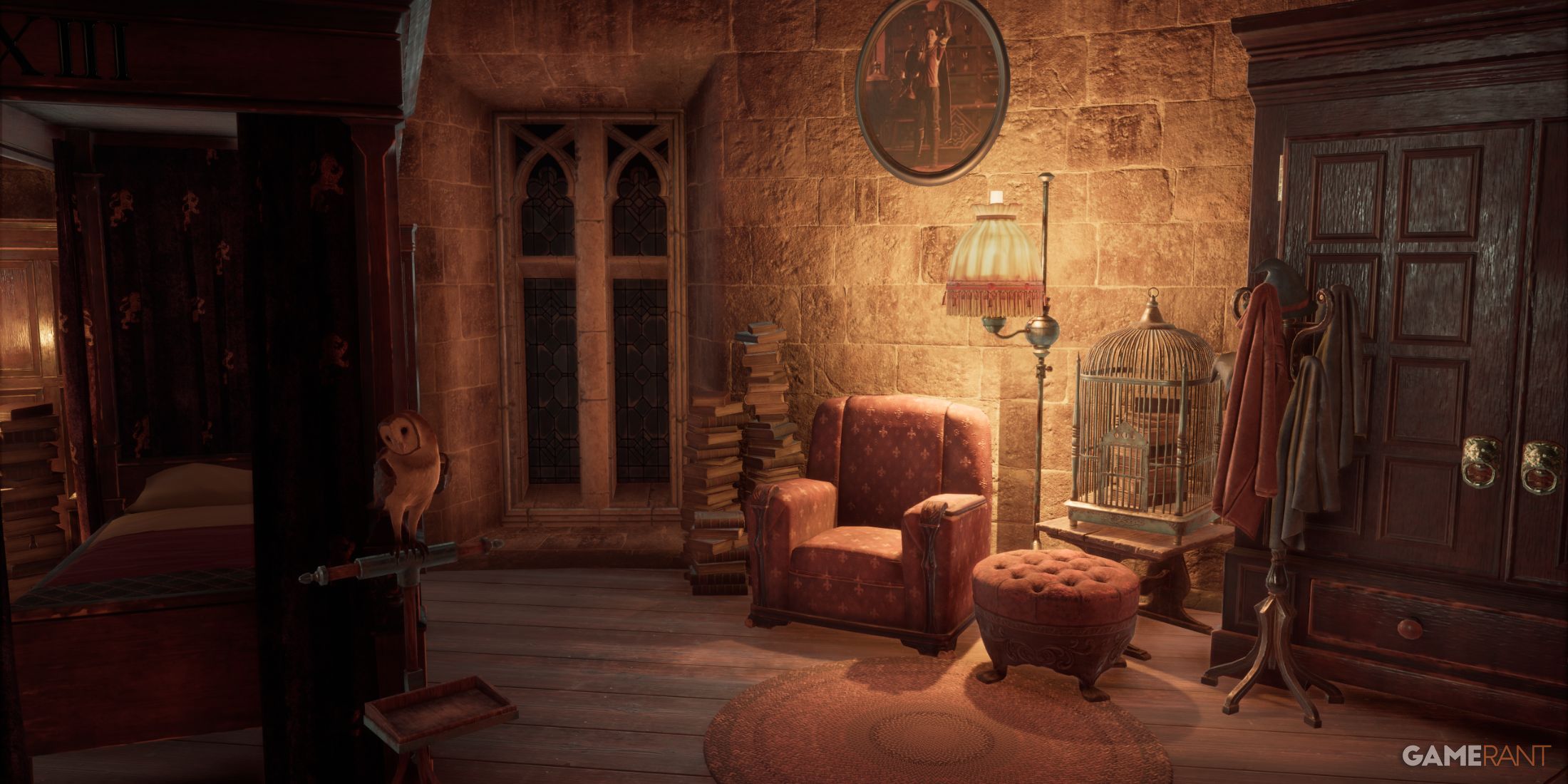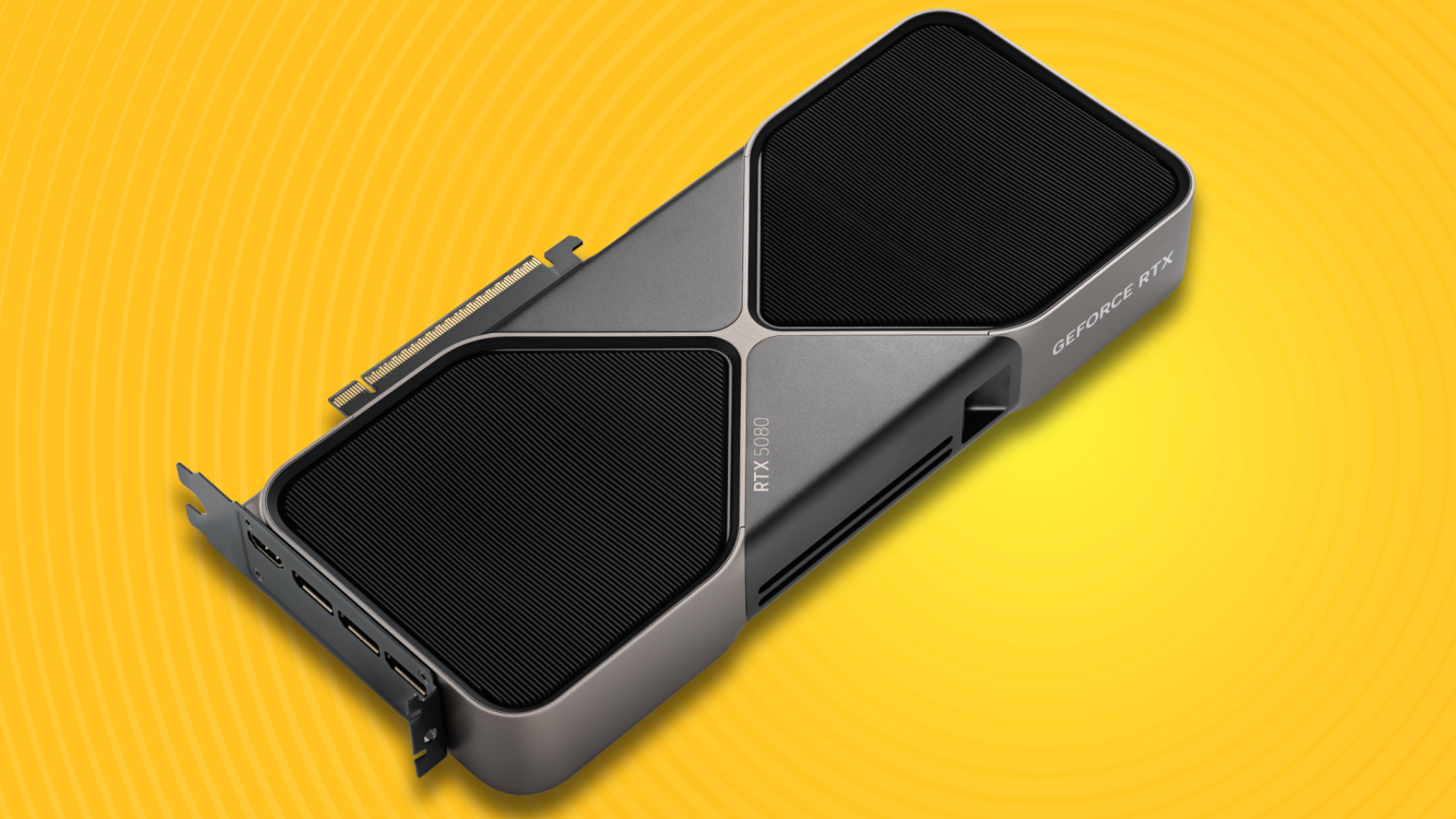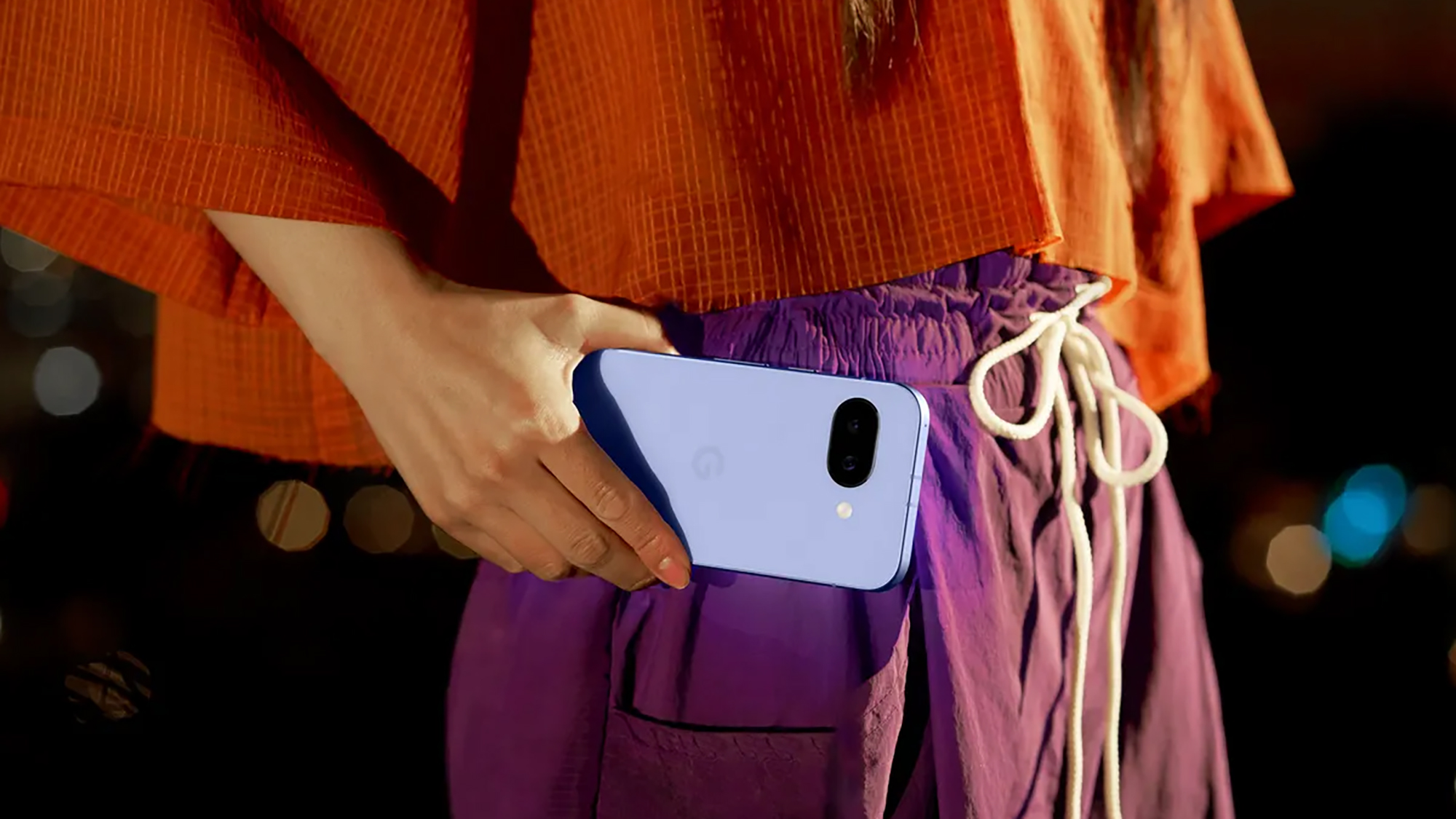uxdesign.cc
Rethinking human-like avatars in generative AIchatbotsSource: authorChatbots are considered tricky to design because most designers focus on creating a great UI, while the conversational aspect often remains an afterthought. Lets break down what 80% of chatbot designers focus onthe UI. This includes message bubbles, recommendations, headers, input sections, and often, a fancy chatbotavatar.Or they aim for the cool approach-giving the chatbot a highly realistic AI-generated face that moves its lips while synthesizing speech from text. When choosing the most suitable avatar for a chatbot assistant on a complex sales dashboard, the question arose: How realistic should the chatbots face be? Should we match it to the audiences context, or should it portray thebrand?Source: authorIn many cases, stakeholders suggestions may lean toward making it human-like hyper-realistic thinking its a brilliant idea, but the Uncanny Valley Effect (UVE) is precisely why you shouldnt give your chatbot a hyper-realistic avatar.Lets dial it back abitVisuals have always made a strong statement with all interfaces. Printed on paper, visuals have been convincing; on digital interfaces, they have been both useful and influential. Visual elements play with linguistic elements in a chatbot to convey feelings or emotions.After decades of designing UI, designers tend to cling to visual aesthetics, leading to eye-pleasing explorations on Dribbble. This is great until UI isnt the only thing in thepicture.Chatbots are designed to replace human agents in many domains, from online tutoring to customer service to cognitive therapy. But the interactions often feel machine-like. Besides building UI elements, a significant part of chatbot design focuses on usability and humanizing the experience. Avatars are considered a crucial element in this effort.Chatbots existed long before avatars became a consideration. For instance, ELIZA, the first artificial intelligence chatbot in 1966, imitated a therapist and made users believe they were conversing with a realhuman.As chatbots evolved, designers began incorporating visual elements to enhance user interaction. This led to the emergence of chatbot avatarsgraphical representations that add a layer of personality and engagement to conversations.The term Conversational Avatar was first used in 1999 in a paper by Justine Cassell and Hannes Hgni Vilhjlmsson titled Fully Embodied Conversational Avatars: Making Communicative Behaviors Autonomous.What are avatars for chatbots?A visual representation of the chatbot that appears as the entity the user is talking to in conversations. The avatar is based on its personality, accommodating various factors, including the target audience and brand guidelines.Emotional Connection: Avatars create an experience of co-presence for the user and increase the level of social presence in the shared virtualspace.Extension of Brand Identity: The avatar can embody your brand personality. Think of a mascot-style avatar for a playful brand or a sleek, professional one for a corporate setting adding to visualappeal.But not all avatars are created equal. Choosing the right type of avatar depends on the chatbots purpose, audience, and brand identity. Ever wondered why Gemini, Copilot, ChatGPT, Siri, Alexa, and Google Assistant dont haveavatars?Choosing the rightavatarThe best avatar aligns with your brand and target audience. Here are some options to consider:Cartoon Characters: Friendly and approachable, perfect for casual interactions.Brand Mascots: Reinforce brand recognition and add a touch offun.Photorealistic Avatars: More human-like, supposedly ideal for building trust and credibility.Advanced systems like ChatAvatar can generate photorealistic 3D avatars of human faces through conversational text prompts. Many articles also recommended in Choose a Human-like Appearance for chatbots.While avatars can enhance chatbot interactions, making them too human-like can have unintended consequences. Remember I mentioned UVE -Uncanny Valley effects?wellThe Uncanny Valley: when almost human getscreepyWhen something appears almost human but has imperfections, it triggers a sense of eeriness or discomfort in us. This might be because it confuses our brainsis it real or not? It can lead to feelings of disgust, fear, or even revulsion.Source: https://essay.utwente.nl/78097/1/BachelorThesis_upload.pdfPicture a graph with a deep valley in the middle. On the left side, you have robots or animations that are clearly not humanthink industrial robots. As you move to the right, things get more human-like. But then you hit the uncanny valleythat unsettling dip where things look almost human, but not quite. This is where the UVE kicksin.For chatbots, the uncanny valley is especially relevant. We want avatars to be relatable and engaging, but if they look too human-like with even slight flaws in expression, it can backfire and creep usersout.Imagine having an average AI chatbot with a super realistic avatar, which initially sets the users expectation too high for a response, only to be let down by generic responses. Cartoon-like characters are particularly appreciated in HCI (HumanComputer Interaction) because they lower customer expectations towards the characters skills and help match the systems technical abilities.Source: https://essay.utwente.nl/78097/1/BachelorThesis_upload.pdfResearch provides evidence that UVE, engendered by the avatars hyperrealistic design and animacy, negatively impacts participants purchase intention and their willingness to reuse the anthropomorphic chatbot. These results are consistent with predictions fromUVE.Given these psychological effects, do chatbot avatars actually improve user engagement? Research suggests the answer isnt so straightforward.Mixed results on the benefits of chatbotavatarsWhile researchers found that avatars smoothen the interaction process, other studies have mixed results. Some participants find interactions with avatar-involved chatbots more engaging, while others say there is no need for anavatar.With conflicting findings, its clear that avatars arent always necessary. Instead of focusing on making chatbots more human-like, should we rethink what users actually need fromthem?In the era of deepfakes and AI imitating human speech, it is difficult to control a designers urge to make it unique, different, and more realistic with a human-like avatar for chatbot. This might explain why leading AI chatbots (ChatGPT, Gemini, Copilot) dont haveavatars.Still, I askedthem.Source:authorSource:authorSource: authorThe bottomlineA well-designed and implemented chatbot personality supersedes the need for a human-like avatar to make a human connection. We keep working towards making technology more like humans, but sometimes, even humans dont truly understand each other. The person living with me might not know I am looking to buy a smart watch, but my social media algorithms knows that and even recommends me nice options. Maybe users might stop seeking human connections in AI/algorithms and start accepting the magic-like experience, where AIthe machineunderstands their needs, provides resolutions at the right time and helps them accomplish their tasks. We are so used to projecting emotions onto things, thats our human habit of anthropomorphizing everything. Blurring the lines between making technology more human and making humans more accepting of technologys benefits and tools. We could improve things by using technology as it is, rather than spending excessive time and effort trying to humanize technology and create another set ofhumans.References/further readsUsability of information-retrieval chatbots and the effects of avatars ontrustMillennials attitude toward chatbots: an experimental study in a social relationship perspectiveHumanizing chatbots: The effects of visual, identity, and conversational cues on humanness perceptionsWhy the Chatbot Avatar DoesntMatterOur human habit of anthropomorphizing everythinghttps://botpenguin.com/glossary/chatbot-avatarDo chatbots really need faces? was originally published in UX Collective on Medium, where people are continuing the conversation by highlighting and responding to this story.












